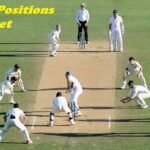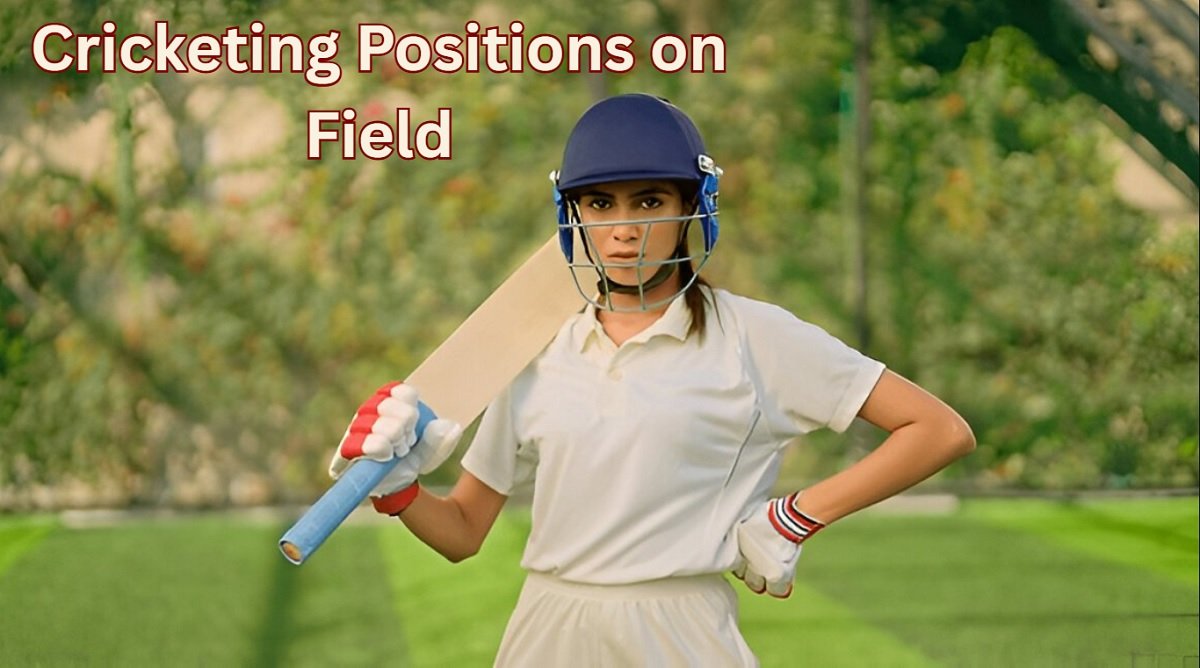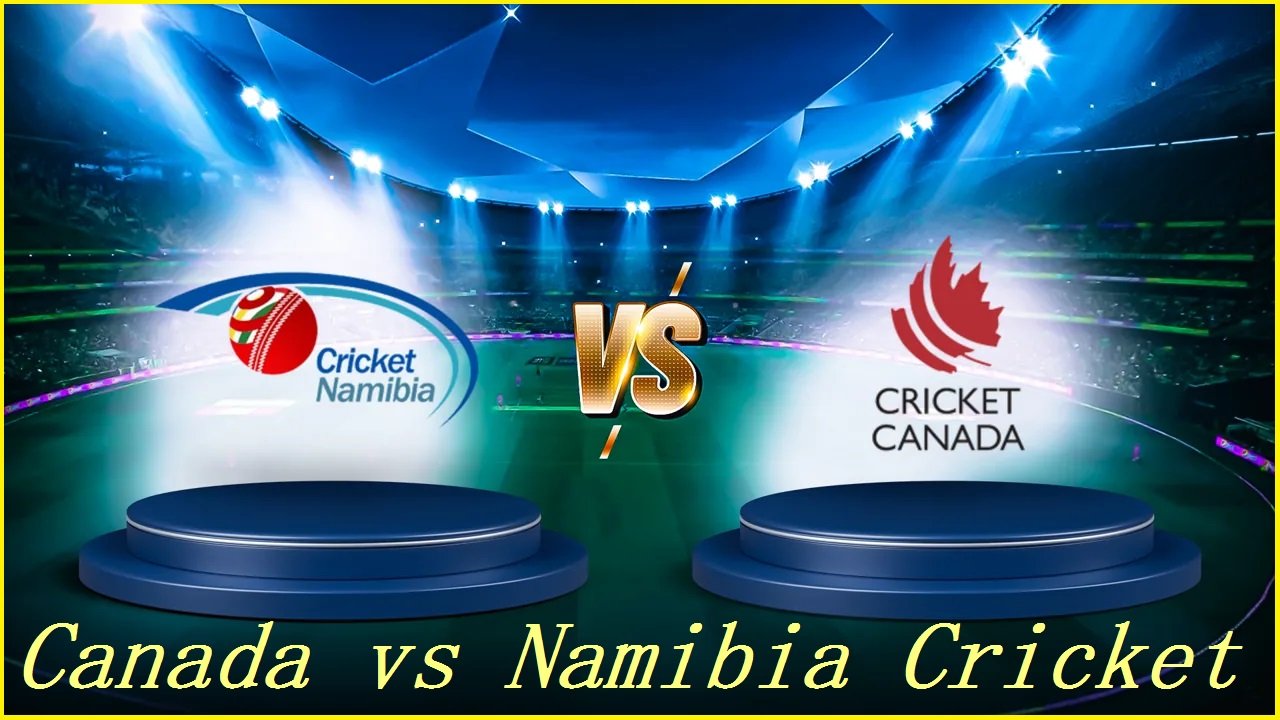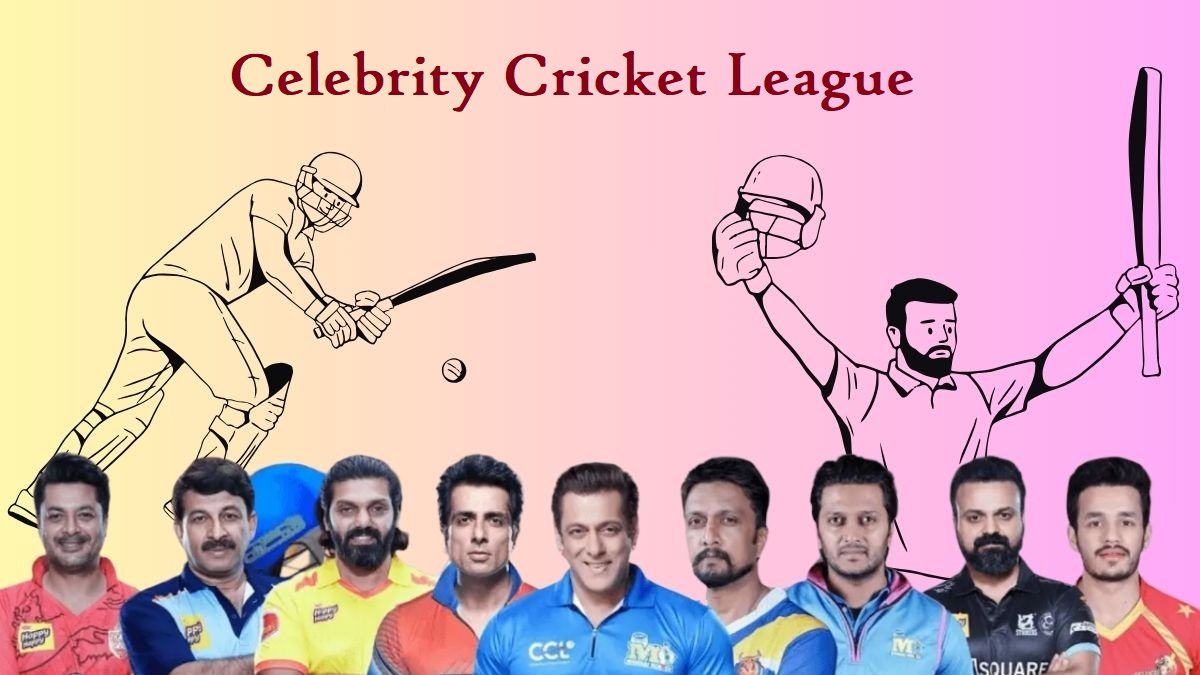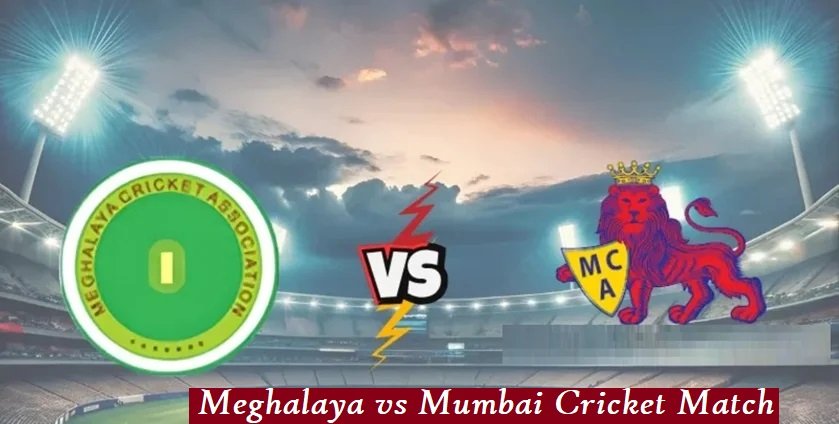Cricketing Positions on Field
Cricket isn’t always best a recreation of runs and wickets — it’s additionally a game of positions, strategy, and precision. Every player on the sphere has a defined cause, and how the captain positions those players can absolutely change the final results of a suit. Understanding Cricketing Positions on Field allows each players and lovers see the tactical facet of this sport more surely.
In this complete manual, we’ll provide an explanation for every fielding function in cricket — from the close-in spots like stupid factor and quick leg, to the boundary positions like lengthy on and deep mid-wicket. You’ll learn the names, roles, responsibilities, techniques, and situational importance of every fielder — all in one region.
Table of Contents
🏏 What Are Fielding Positions in Cricket?
A fielding function refers to the precise area on the cricket subject in which a player stands throughout play. Every role serves a unique tactical reason — catching, saving obstacles, or constructing strain on the batter.
There are 11 gamers inside the fielding team — one bowler, one wicketkeeper, and nine others unfold around the field. Their placements depend upon:
- The type of bowler (fast or spin)
- The in shape format (Test, ODI, T20)
- The batter’s strengths and weaknesses
- The pitch and weather conditions
A top captain uses subject positions like a chessboard — each flow has common sense and approach in the back of it.
⚖️ How Fielding Positions Are Named
Cricketing role names are based on 3 main ideas — direction, distance, and attitude from the batter.
1. Direction – Off Side & Leg Side
- Off Side: The right-handed batter’s front side (in which the bat faces clearly).
- Leg Side / On Side: The facet behind the batter’s legs.
2. Angle from the Batter
- Square: At 90° from the batting crease.
- Fine: Close to the road behind the batter.
- Forward: In the front of the batter, towards the bowler.
- Backward: Behind the batter’s rectangular line.
3. Distance from the Batter
- Silly: Extremely near the batter (dangerous but used for catching edges).
- Short: Close, but some meters away.
- Deep / Long: Near the boundary line.
- Mid / Normal: Between the circle and the boundary.
📘 Example:
“Deep Extra Cover” combines:
- Deep (a long way from batter)
- Extra (slightly wider sector)
- Cover (off-side force vicinity)
🧩 Major Categories of Fielding Positions
To make mastering less complicated, permit’s divide fielding positions into 4 huge categories:
1. Close Catching Positions
Used particularly in Test cricket, these fielders stand very near the batter to seize edges.
- Slips (1st, 2nd, 3rd Slip)
- Gully
- Silly Point
- Short Leg
- Leg Slip
2. Infield Positions (Inner Circle)
These fielders are positioned within the 30-yard circle to forestall singles and build stress.
- Point
- Cover / Extra Cover
- Mid-Off / Mid-On
- Square Leg
- Mid-Wicket
3. Outfield Positions (Boundary)
Fielders near the boundary line to save fours and take excessive catches.
- Long-Off / Long-On
- Deep Mid-Wicket
- Deep Square Leg
- Deep Cover / Deep Extra Cover
- Third Man / Fine Leg
4. Behind the Wicket
Special positions at once behind or around the stumps.
- Wicketkeeper
- Slip Cordons
- Leg Slip
- Third Man
- Long Stop (uncommon in cutting-edge cricket)
📍 Complete List of Classic Fielding Positions
Below is a table summarizing the principle fielding positions, their vicinity, and number one role.
| Position | Side | Typical Role | Ideal Player Traits |
|---|---|---|---|
| Wicketkeeper | Behind stumps | Catch edges, stump, run-out | Fast reflexes, gloves skills |
| First Slip | Off side | Catch edges off fast bowlers | Safe hands, strong reactions |
| Second Slip | Off side | Support first slip | Concentrated, steady |
| Gully | Off side (between slips & point) | Catch wide edges | Sharp reflexes |
| Point | Off side, square | Stop cut shots | Agile, good anticipation |
| Cover | Off side, forward | Stop drives | Quick reflexes |
| Extra Cover | Off side, wide | Save boundaries | Strong throw |
| Mid-Off | Off side, straight | Stop drives | Reliable, alert |
| Mid-On | Leg side, straight | Stop on-side drives | Strong arm |
| Square Leg | Leg side, square | Stop flicks & pulls | Quick movement |
| Mid-Wicket | Leg side, forward | Stop sweep & pull | Anticipation |
| Fine Leg | Leg side, behind | Stop glances | Speed, awareness |
| Third Man | Off side, behind | Stop deflections | Strong arm |
| Deep Cover | Off side, boundary | Catch lofted shots | Safe hands |
| Deep Mid-Wicket | Leg side, boundary | Catch big hits | Boundary tracking |
| Long-On / Long-Off | Straight boundary | Stop straight sixes | Good high catching |
| Short Leg | Close leg side | Catch off edges | Courageous |
| Silly Point | Close off side | Catch off spinners | Quick reflexes |
🎯 Close Catching Positions Explained
1. Slip
A fielder positioned in the back of the batter on the off-side, looking ahead to out of doors-side catches. Usually, there are 1–4 slips.
Used closely in Tests with fast bowlers.
2. Gully
Between slips and point. Excellent for catching balls which are edged however now not satisfactory enough for slip.
3. Short Leg
Very close at the leg aspect. Used in opposition to spin bowlers whilst batters play protecting photographs.
4. Silly Point
Right in front of the batter at the off-side. Used to catch protective edges from spin bowling.
Requires bravery and lightning-fast reflexes.
5. Leg Slip
Mirrors the slip function on the leg facet. Used when batters look deliveries off their pads.
💥 Infield Positions (Saving Singles & Catching Opportunities)
1. Point
Square at the off-facet, frequently stops reduce shots and short singles.
2. Cover / Extra Cover
A fielder right here intercepts powerful drives on the off-facet. Extra Cover is slightly wider.
3. Mid-Off and Mid-On
Placed almost directly in step with the bowler, these fielders prevent immediately drives and provide run-saving alternatives.
4. Square Leg and Mid-Wicket
On the leg side, square leg is ninety° to the batter, whilst mid-wicket is barely ahead.
Perfect positions for preventing flicks, pulls, and sweep photographs.
🌳 Outfield / Boundary Fielders
1. Deep Cover / Deep Extra Cover
Placed near the boundary to save you fours hit via the off-facet. Common in white-ball cricket.
2. Long-Off and Long-On
Directly down the ground close to the boundary. Positioned for immediately lofted shots and strength hitting.
3. Deep Mid-Wicket and Deep Square Leg
Used to catch huge leg-aspect hits or forestall limitations in limited-overs matches.
4. Third Man and Fine Leg
Placed behind the wicket on both facets, useful for preventing edges and glances.
5. Cow Corner
Located between deep mid-wicket and lengthy-on. Named humorously — used for heavy slog hits.
🧠 Strategy Behind Field Placement
A cricket captain doesn’t simply area fielders randomly — each role is selected after studying:
- Bowler Type
- Fast bowlers → More slips, gully, third man.
- Spinners → More near-in fielders like quick leg or silly factor.
- Batter’s Technique
- Strong off-side participant → Extra cover protection.
- Weak on brief balls → Deep rectangular leg & pleasant leg.
- Match Format
- Test cricket: Attacking fields, extra close catchers.
- ODIs/T20s: Defensive, more boundary riders.
- Pitch Conditions
- Green pitches = More slips.
- Dry, turning pitches = Close leg-aspect fielders.
📏 Field Restrictions and Rules
In restricted-overs formats, the International Cricket Council (ICC) imposes area restrictions:
- During Powerplay Overs, handiest 2 (or 3) fielders can be outside the 30-yard circle.
- No more than two fielders at the back of rectangular leg on the leg facet.
- No fielder can stand on or throughout the pitch at some stage in shipping.
- Fake fielding (pretending to forestall or seize) is penalized.
These laws preserve the sport balanced among bat and ball.
⚡ Advanced and Modern Fielding Positions
In present day T20 cricket, new positions have evolved:
| Modern Position | Description |
|---|---|
| Sweeper Cover | Deep off-side fielder covering wide area |
| Deep Point | Behind square, stopping cut shots |
| Short Third | Close to keeper for deflections |
| 45 (or Leg 45) | Between square leg and fine leg |
| Fly Slip | Deeper version of slip, halfway to third man |
| Deep Backward Square | On boundary behind square |
| Reverse Point | For left-handers, adjusted version of point |
These current placements trade each few balls based totally on bowling plan and batter movement. Cricketing Positions on Field.
🧭 How Captains Adjust Fielding Formations
A clever captain continues the sphere dynamic. For instance:
- When a batter is new, use more attacking positions (slips, gully, short leg).
- When a batter is ready, flow fielders deep to protect boundaries.
- In loss of life overs, shift to defensive formations with 4–5 boundary riders.
- For spinners, carry fielders close for strain and quick wickets.
Every field change sends a sign — it indicates reason: attack or protect.
🏋️♂️ Importance of Fielding Fitness & Skill
Fielding is not passive. Modern cricketers are expected to be agile, robust, and alert. Key attributes encompass:
- Speed: To chase limitations.
- Accuracy: To hit stumps for run-outs.
- Reflexes: To take sharp catches.
- Awareness: To anticipate the batter’s subsequent shot.
Players like Ravindra Jadeja, AB de Villiers, and Ben Stokes have redefined modern fielding requirements.
🧩 Tips for Memorizing Fielding Positions
- Divide by means of Sides: Off side vs Leg side.
- Group by using Distance: Close-in, circle, deep.
- Practice with Diagrams: Use a sight view chart.
- Watch Matches Actively: Identify positions at some point of live games.
- Learn the Logic: Once the naming pattern, it’s smooth to remember all.
⚙️ Common Mistakes in Fielding Positioning
- Misjudging limitations or angles.
- Two fielders masking the equal vicinity.
- Poor communique in the course of excessive catches.
- Standing too deep for short singles.
- Failing to returned up throws.
Each small mistake can fee vital runs or even a wicket — that’s why know-how fielding roles matters.
💡 Fun Facts About Fielding Positions
- The time period “cow nook” got here from English village grounds wherein cows grazed in that location!
- “Third man” originated due to the fact he became the third man behind the wicket (after keeper and slip).
- “Silly” positions are known as so as it’s “silly” to face that close to the batter!
- No function is honestly fixed — each is a versatile quarter, no longer a single point.
📚 Conclusion
The Cricketing Positions on Field define how the game unfolds. From catching edges at slip to stopping sixes at lengthy-on, every fielder contributes to a group’s fulfillment. A accurate captain reads the batter’s thoughts, research the pitch, and sets a subject that balances attack and defense.
Fielding positions are not pretty much placement — they are approximately tactics, teamwork, and anticipation. The subsequent time you watch a in shape, try to examine how the fielders flow, in which they’re located, and why. You’ll see the hidden intelligence behind every over.
🙋♂️ FAQs
Q1. How many fielding positions are there in cricket?
There are greater than 30 named positions, however best eleven gamers can field at once.
Q2. Can fielders circulate throughout the ball?
They can regulate slightly before shipping, but now not after the bowler releases the ball.
Q3. What is the rarest function today?
“Long Stop” — used in older cricket to again up the wicketkeeper.
Q4. Which position is toughest?
Close-in positions like silly factor and brief leg are toughest due to reflex strain.
Q5. Which role is maximum active?
Point and cover — they see motion almost every ball in restricted-overs cricket.
🏏 Final Thought
Cricket is often called a batter’s sport, however excellent fielding wins fits. When you understand each cricketing role on the sector, you appreciate the strategy, ability, and teamwork that make this game without a doubt unique.






